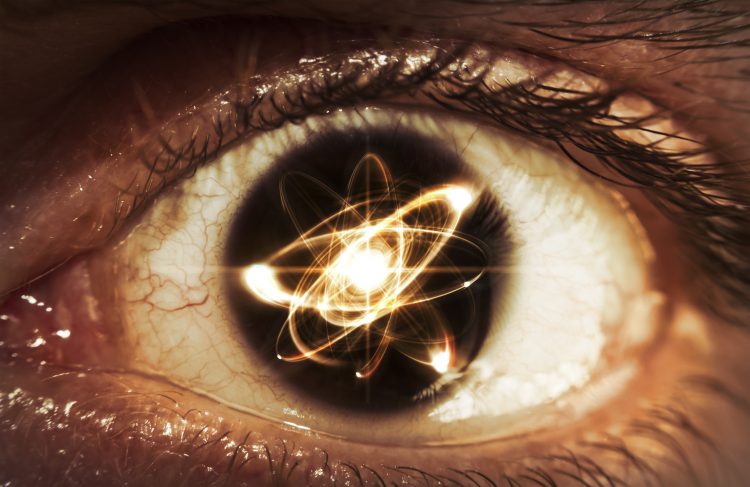Photo: EzumeImages (Getty Images)
It appears that the human eye is far more sensitive than what we originally thought. In fact, the most recent study conducted by a team of physicists from the Rockefeller University in New York City states that our eyes can actually sense a single photon. This is the conclusion of the leader of the research team, Alipasha Vaziri, though other scientists question the reliability of his tests. If it turns out to be true, this piece of information might help us understand how quantum properties affect biology. It could also tell us more about the photons’ puzzling ability to be in two places simultaneously.
Sensitivity of the Human Eye
Although a group of scientists already came to a conclusion back in 2015 that the human eye can detect as little as three photons, Vaziri’s results are that more amazing. How did the experiment go? First they placed three men in a completely dark room for 40 minutes to help their eyes adjust and become more sensitive to light. They were all given a button that upon pressing played two sounds. From time to time, these sounds were followed by an emission of a single photon. The subjects announced when they thought they saw something and assessed how sure they were. Interestingly, most of the time they were wrong, but it’s the number of right guesses that actually counts. It was above random and that’s considered a success in the scientific world.
Of course, you realize that because of such results, there are people out there who still don’t recognize their findings. Besides the fact that the number of right guesses was just above random, there is also the problem of a small sample of subjects – just three of them. Furthermore, all three of the test subjects were men and certain studies suggest that men and women have different perceptive abilities. Perhaps female subjects would notice more, perhaps not. Either way, these results are at least promising and might allow us to further examine the properties of photons and, therefore, the nature of light itself.
Another interesting point is how this photon detection felt in the experiment. The leader of the team, Vaziri, tried to describe it because he also participated in the experiment. According to him, it’s not a matter of seeing but actually feeling. The human eye doesn’t actually see a single photon, but recognizes it and provokes a feeling. So, what does a photon feel like? It’s for Vaziri to know and for us to guess. Perhaps we’ll get a chance to experience it sometime in the future.
Schrödinger’s Cat on a Micro Level
We’ve mentioned at the very start of this article the ability of these elementary particles like photons to be in two places at the same time. What’s that about? Well, it is an old theory that was recently proven by two Nobel Prize winners, Serge Haroche and David J. Wineland. Indeed, micro particles like atoms and photons can exist in two places at once under certain conditions. Their results are reminiscent of the idea of a Schrödinger’s cat. This amazingly proves Einstein wrong and even opens up the possibility of parallel universes. Yup, thanks to these experiments, you’re one step closer to the world of Rick and Morty.




